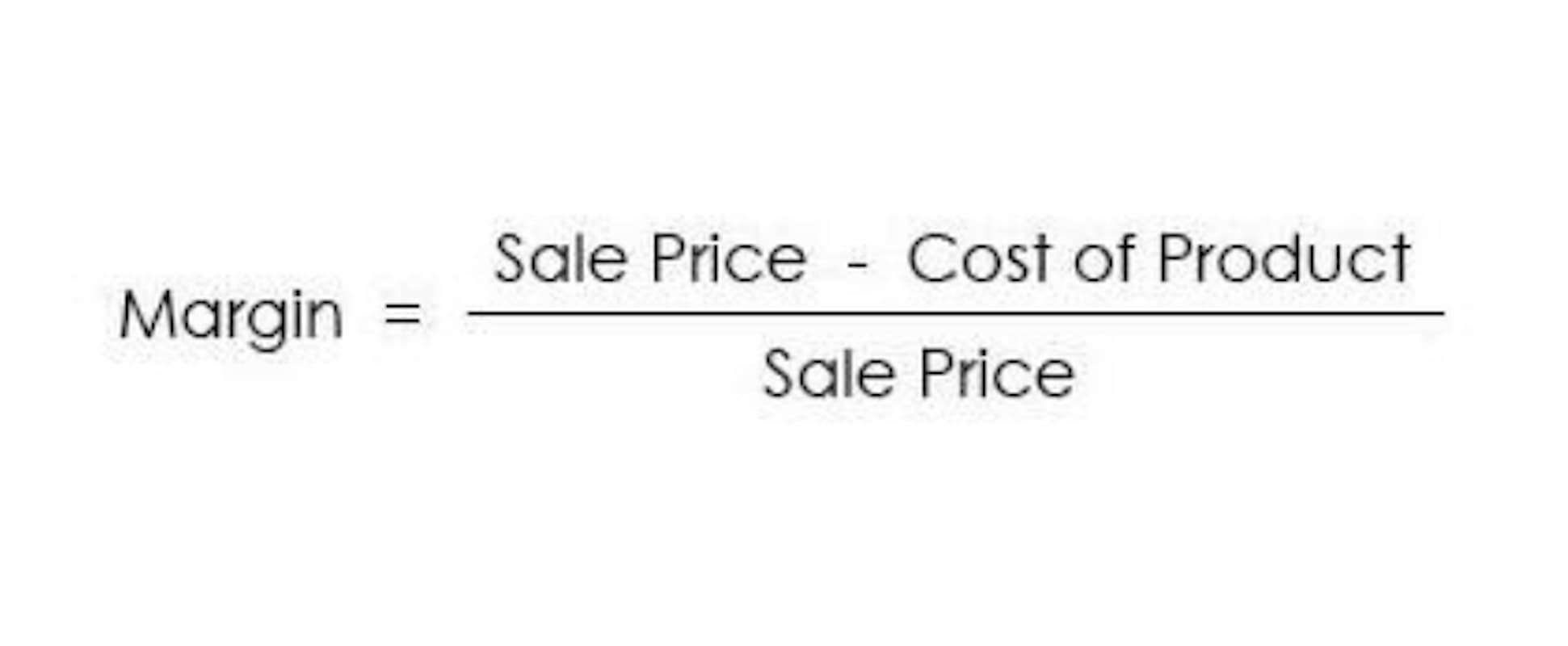
Therefore, a company’s working capital may change simply based on forces outside of its control. Working capital can be very insightful to determine a company’s short-term health. However, there are some downsides to the calculation that make the metric sometimes misleading. All components addition to net working capital of working capital can be found on a company’s balance sheet, though a company may not have use for all elements of working capital discussed below. For example, a service company that does not carry inventory will simply not factor inventory into its working capital calculation.
Working Capital Formula
A positive working capital shows a business holds more cash value than its short-term debts. These businesses have enough cash to pay off their debts with some left over to invest in the company. This shows lenders and investors that you are reliable in servicing your debts with the potential for growth. You can calculate working capital by taking the company’s total amount of current assets and subtracting its total amount of current liabilities from that figure. The result is the amount of working capital that the company has at that time.

How to increase net working capital
This compensation may impact how and where products appear on this site (including, for example, the order in which they appear). The offers that appear on the website are from software companies from which CRM.org receives compensation. This site does not include all software companies or all available software companies offers.

Current Assets
This means that Paula can pay all of her current liabilities using only current assets. In other words, her store is very liquid and financially sound in the short-term. She can use this extra liquidity to grow the business or branch out into additional apparel niches.
- For publicly traded companies, you likely won’t need to calculate working capital yourself.
- Net working capital is the difference between a business’s current assets and its current liabilities.
- The seller’s proceeds will be lower by the deficiency in net working capital delivered at close.
- Conversely, a negative NWC may suggest potential liquidity challenges or inefficient management of short-term resources.
- The reason could be perfectly justifiable, or it could be cause for alarm.
- Current assets are accessible resources that can be converted into cash within a year, whereas current liabilities are obligations with an expiration date within the same year.
- Working capital represents the difference between a firm’s current assets and current liabilities.
- For clarity and consistency, lay out the accounts in the order they appear in the balance sheet.
- Net working capital is a tool used by small business owners better to understand the current financial situation of their enterprise.
- It is based on the assumption that money today is worth more than money in the future.
- The more working capital a company has, the less likely it is to take on debt to fund the growth of its business.
Working capital is the difference between a company’s current assets and current liabilities. The challenge here is determining the proper category for the vast array of assets and liabilities on a corporate https://www.bookstime.com/ balance sheet to decipher the overall health of a company and its ability to meet its short-term commitments. Working capital is calculated by subtracting current liabilities from current assets.
To account for the time value of money, analysts often apply a discount rate when calculating the value of money in the future. Using NPV to value investments has its advantages, but there are drawbacks as well. Several factors could affect the future value of an investment that is not predicted by the model.
- Yes, technically capital lease liability would be considered more like short-term debt than an operating liability like accounts payable.
- Like so many other business processes, managing net working capital is much easier with help from digital transformation tools such as artificial intelligence, advanced data analytics, and robotic process automation.
- The offers that appear on the website are from software companies from which CRM.org receives compensation.
- Net working capital is important because it gives an idea of a business’s liquidity and whether the company has enough money to cover its short-term obligations.
- The rationale for subtracting the current period NWC from the prior period NWC, instead of the other way around, is to understand the impact on free cash flow (FCF) in the given period.
- Since we’re measuring the increase (or decrease) in free cash flow, i.e. across two periods, the “Change in Net Working Capital” is the right metric to calculate here.
- And avoid buying new technology or equipment when you can lease it for a better return on investment.
Resources for YourGrowing Business
Working capital is the difference between a company’s current assets and current liabilities. Essentially, it assesses short-term financial health since it shows whether a company has enough cash to keep running. Changes in working capital are presented in the company’s cash flow statement. These changes can signal the management about improvements that should be made, such as product streamlining or negotiating new terms with suppliers. Negative working capital means assets aren’t being used effectively and a company may face a liquidity crisis. Even if a company has a lot invested in fixed assets, it will face financial and operating challenges if liabilities are due.








Add comment